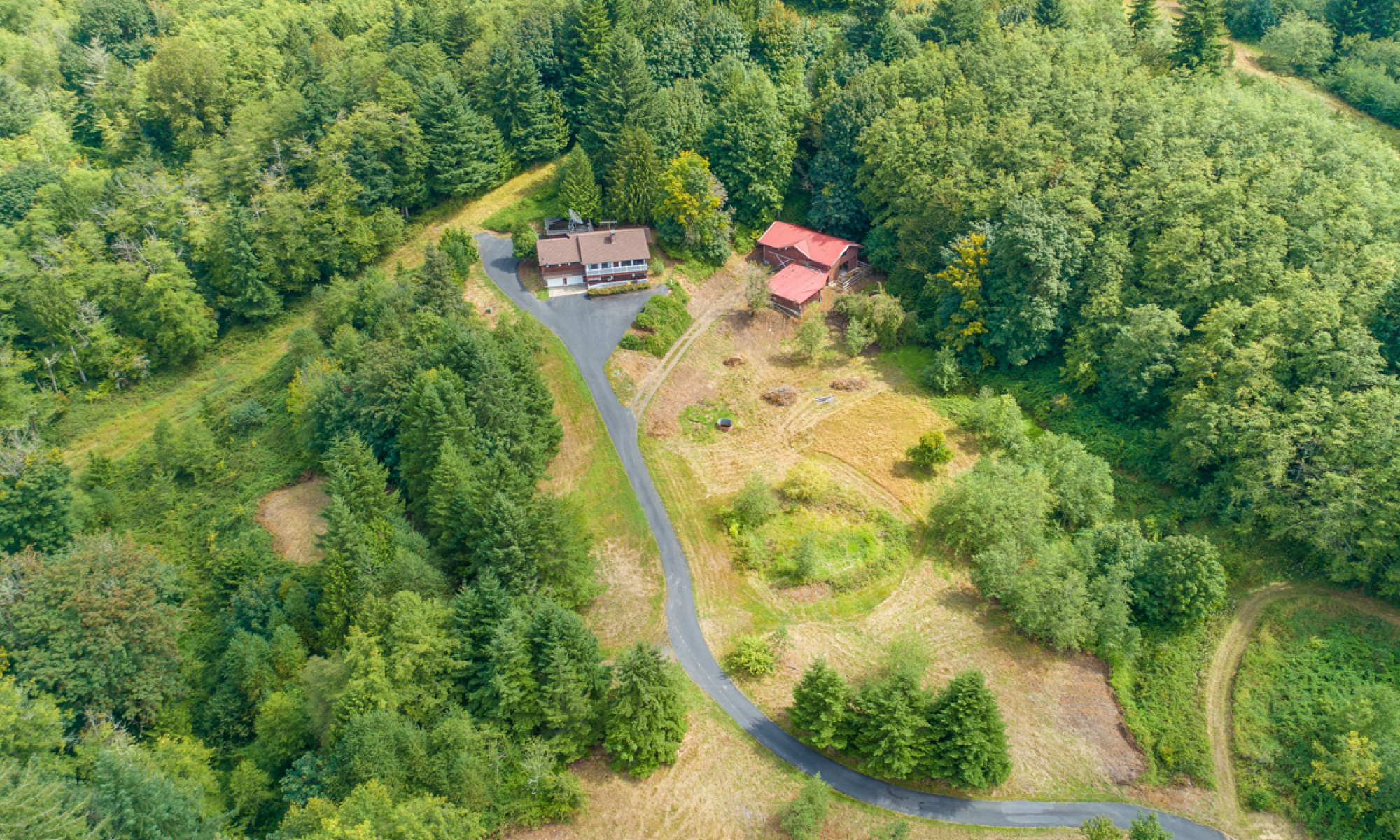We knew there were issues with the septic system when we bought the house, the big thing being that the line from the tank to the drain field had to be replaced. Knowing that, we allocated money in our budget for that operation based on a local expert’s estimate.
Unfortunately, none of us thought about the line from the house to the tank and about a third of it also had to be replaced adding a bit more cost we hadn’t planned on. Drat! All in all, though, the vendors who did the work did a great job of keeping the costs down in addition to doing great work.
From the House to the Tank
The problematic pipe from the house to the tank was of a type called Orangeburg (Wikipedia). Orangeburg was made of layers of wood pulp and pitch pressed together. So, essentially, a tube made of rolled up tar paper. Yeah. That’s a great idea. Well, actually not so much.
Over time the pipe is slowly crushed by the earth around it to the point where little or nothing can pass through any more. Ours had gotten to that point.
Oddly enough, the other two thirds of the pipe from the house is iron and in fine shape. You really have to wonder why they didn’t use iron all the way to the tank.
So they had to tear up our beautiful driveway and dig a trench to replace the Orangeburg. Bummer.
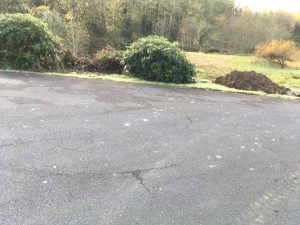
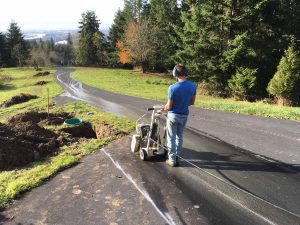
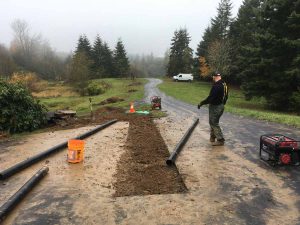
From the Tank to the Drain Field
The line from the tank to the drain field was made of corrugated plastic pipe which had also slowly been crushed over the years.
The plan was to replace this with high-density polyethylene pipe using a pipe-bursting machine (Wikipedia). Basically, you feed a very thick cable (7/8″?), through the old pipe and then pull the new pipe through, shattering the old pipe in the process. This is really great since you only have to dig a couple of holes for the entry and exit instead of trenching. Or so goes the theory.
In this case we ran into a problem. It turns out that pipe bursting doesn’t work so well with corrugated pipe. Instead of bursting, it just condenses like an accordion. You can see it in a video further along in the post.
In the end they had to dig a trench for part of that replacement too. Not a big deal, though, since it’s just out in the field.
The pipe-bursting process is pretty interesting.
This is the head that attaches to the new pipe and the cable. That’s 4-inch pipe on the left.
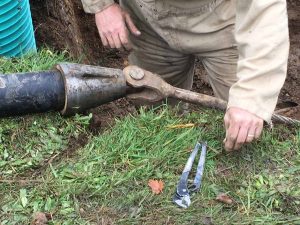
The 20-foot sections of pipe are literally welded together. The two ends are clamped into a gadget that keeps them perfectly aligned. A special tool is then used to even up the ends so that they mate exactly. Finally, a heating iron is clamped between them until the ends begin to melt and finally, the iron is removed and the ends are clamped together until the joint cools. Voila! a single piece of pipe.
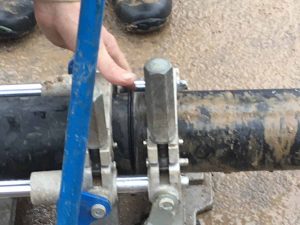
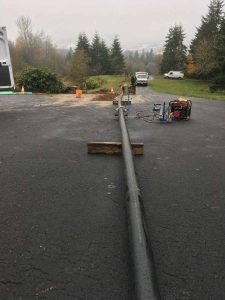
Here you can see the front of the new pipe being pulled through an intermediate hole that was required because of the length of the run. You can also see some of the compressed corrugated pipe.
So, seven weeks from closing to having a septic system we can actually use.
I had no idea how satisfying it could be to flush a toilet 😉
